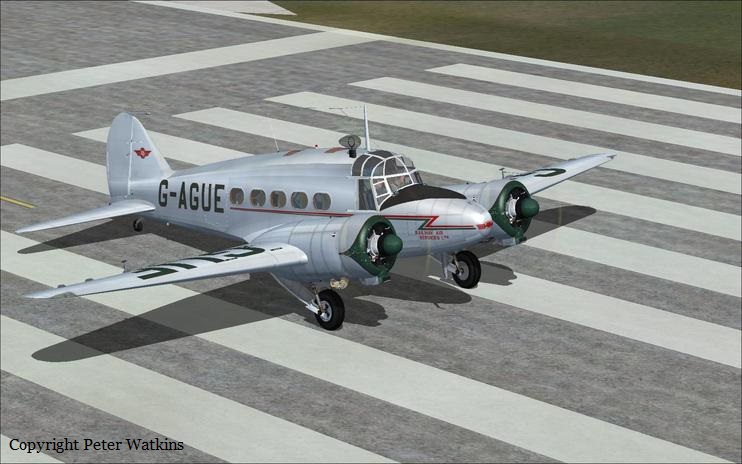Crash of an Avro 19 in Liverpool
Date & Time:
Aug 16, 1946
Registration:
G-AGUE
Survivors:
Yes
Schedule:
Liverpool - Liverpool
MSN:
1276
YOM:
1945
Crew on board:
2
Crew fatalities:
Pax on board:
0
Pax fatalities:
Other fatalities:
Total fatalities:
0
Circumstances:
The crew, consisting of one pilot and one engineer, were engaged in a post maintenance control flight. Shortly after takeoff from Speke Airport, while climbing, the aircraft stalled and crashed in a field. Both occupants were injured and the aircraft was destroyed.









